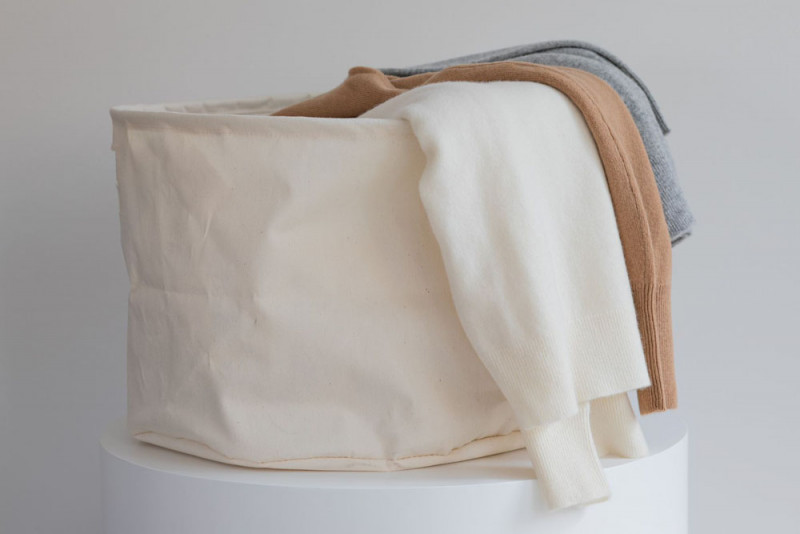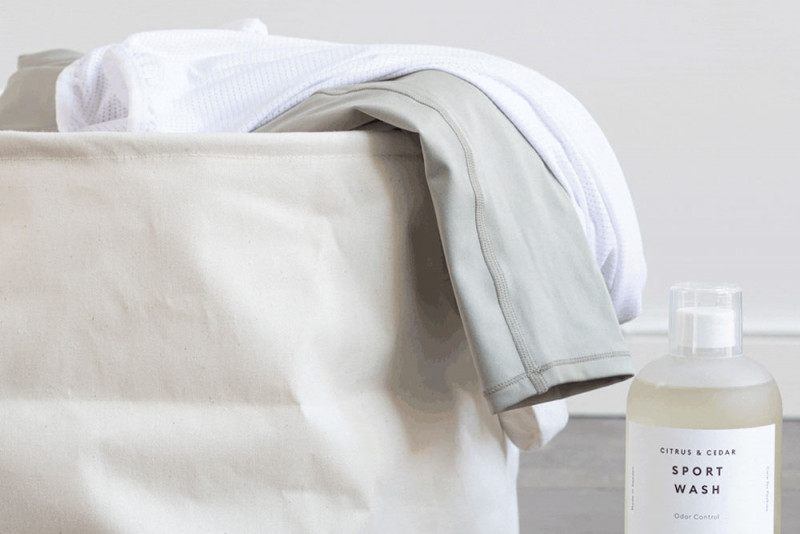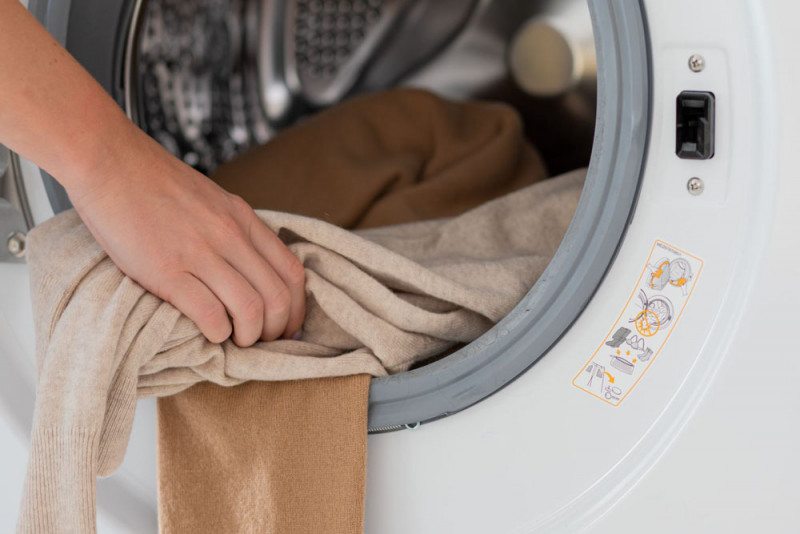Step 2: How to Choose the Right Laundry Detergent
Choosing a fitting detergent for your clothes is important. Using the wrong detergent can actually destroy your garments – especially if they are made of silk or wool. Remember to never overdose, using too much won’t make your clothes cleaner.
Minimum, you need three different types of laundry detergent:
- one for colors
- one for whites
- one for delicate garments
Actually, you can benefit from using a laundry detergent customized for the type of clothes you are washing. Research has come a long way, and different detergents contain different combinations of enzymes and surfactants – the active ingredients that make clothes clean and fresh. Don’t fear being a little nerdy!
Step 3: Choosing the Right Laundry Program
Washing Wool and Silk
Silk and wool are made from animal protein and must be washed with an enzyme-free Delicate Laundry Detergent. A regular detergent will destroy the fibres, and after as little as two washes your garments may be full of small holes. Our Delicate Laundry Detergent contains lanolin that rehydrates the fibres in any type of natural material and prolongs their lifespan. When washing wool, wool blends or silk clothes, always choose the Wool Program. This is a gentle program with a short spin cycle is suitable for delicate clothes. If possible, use a laundry bag to protect the clothes.
Washing Sportswear
Your gym-clothes or other active wear are most certainly made of some synthetic blend fabric. They must be washed in low temperatures (max 30ºC); problem is that this can make funky smells linger. Choose an
Odor Control Laundry Detergent, developed to target the bacteria that cause odors. For clothes that reek of a pungent smell (when you’ve forgotten your used gym-outfit in the bag until the next workout session) we recommend you let the clothes soak at least an hour in water and Odor Control Laundry Detergent before washing.


